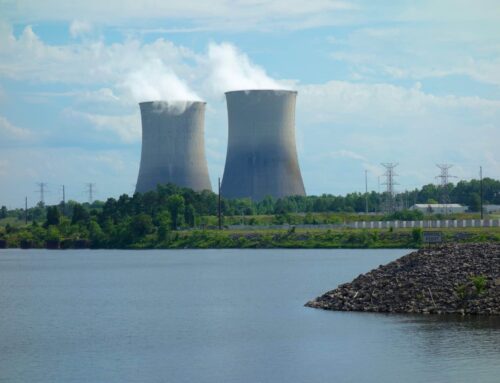As the flood waters start to recede, lawmakers are gearing up to send the first sandbag stuffed with emergency aid for flood relief. While more is expected, Congress last night passed a $2.7 billion “infusion” of emergency flood relief for the Midwest regions recently ravaged by Mother Nature. As we write this check, we should also ask tough questions about what happened, and how we can reduce the human and financial costs of future floods.
Unquestionably, the most recent flooding in the Midwest resulted from a significant meteorological event. But we also know that floods are becoming more frequent—and their severity increasing—because of us. Over time, smaller amounts of precipitation yield the same flood heights because of land use decisions that shunt more water to the rivers, while more and higher levees constrict these rivers, driving them higher. This also means that even if communities maintain the levees that were built 20 years ago, they are not as capable of providing protections as they once were.
As the relief money starts flowing, we have to be sure that what we do makes communities and individuals less flood-prone. For example, after the Floods of 1993, entire communities like Arnold, MO and Valmeyer, IL were relocated to higher ground. When flood waters returned to those areas a few years later, there were no losses.
Obviously we can’t move every town nor should we do that everywhere, but we do have to look critically at what we protect and how. Densely populated areas and critical infrastructure are at the top of the list, but spending money building higher, stronger levees is not a wise investment in all instances. Perhaps a good example is Grand Forks, ND. After the Red River of the North decimated the town in 1997, the community decided that rather than gambling on just building higher levees, they would provide room for the river to expand, reducing flood heights.
One of the early casualties of this year’s flooding was Lake Delton, a resort area in Wisconsin that was inundated when the embankment next to the dam that created the lake failed. It also became a prime example of failed federal policies. Communities have to “opt in” to the federal flood insurance program, which means they agree to FEMA’s flood mapping and take steps to reduce their flood risk. Lake Delton didn’t like the floodplain mapping that FEMA came up with to figure out rates and opted out of the program a few years back. It’s proverbial spilt milk, but there’s little debate about where the floodplain is now.
If a community doesn’t participate in the flood insurance program, individual homeowners cannot purchase subsidized flood insurance and are not eligible for disaster relief in the event a flood occurs. That is unless a community does an about face and opts back into the program within six months of the flood. Then disaster relief can flow in. Pretty much a no-brainer for Lake Delton, but it’s a policy that doesn’t make a lot of fiscal sense.
We need to help these flood-ravaged areas rebuild in their time of need, but we should be smart about it. If we don’t want to spend billions more in a few years fixing mistakes we make recovering from this flood, we have to work with communities to make them less vulnerable, because no matter how much we spend, we can’t stop the rain from falling.










